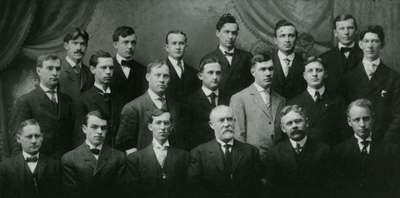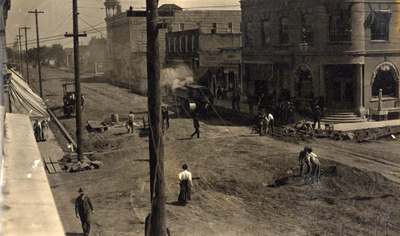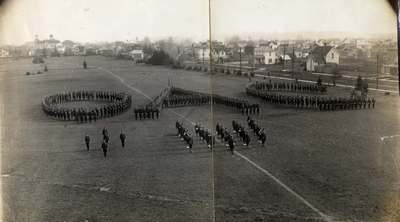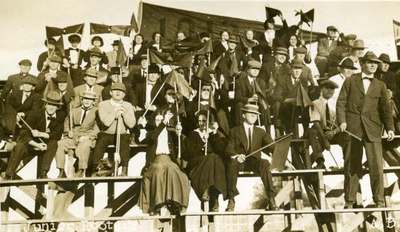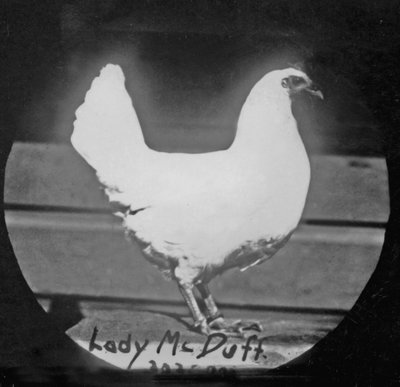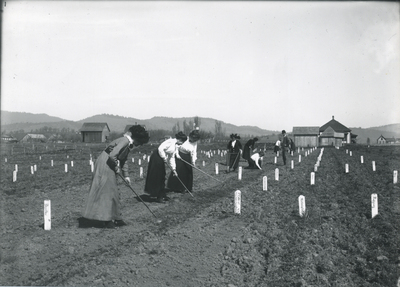1910-1914
1910
First reference to "Beavers" as an athletic team name.
On April 10, the Board of Regents, following the recommendation of President Kerr, approved the discontinuance of Latin course work as a requirement for graduation (effective 1912).
Correspondence courses offered for the first time.
Committee on Advanced Degrees established (predecessor of the Graduate School).
Student self-government, through a "Student Council," adopted in December.
Degree curriculum in Landscape Architecture established; the first to be offered west of the Mississippi River.
First vegetable gardening bulletin in Oregon published.
Department of Forestry established.
Armory constructed (currently McAlexander Field House).
Bandstand constructed -- a gift of the classes of 1908,1909,1910 and 1912.
25th Anniversary of full state control of the college, dating from 1885, celebrated June 10-14.
Enrollment: 1,591 for 1909/1910 academic year.
Population in Corvallis: 4,552; in Benton County: 10,663; in Oregon: 672,765.
1911
Division of College Extension organized with Ralph Dorn Hetzel as director.
Student Loan Fund, predecessor of the Financial Aid Office, established in January following contribution made by R. A. Booth.
Cosmopolitan Club established. It was the first organization for international students and the first to promote diversity. The club was "a vital factor in uniting and holding together foreign as well as American students of this institution by the common bonds of humanity."
Anna Zou Crayne appointed as the first Dean of Women.
1912
On November 30, standards for admission increased. Three years of high school or its equivalent were now required (effective September, 1914). By 1915, four years of high school would be required.
First county extension agents in Oregon began work in Marion and Wallowa Counties.
Farm Mechanics Building (now Gilmore Hall), Dairy Building (now Gilkey Hall), and the Stock Judging Pavilion erected.
1913
First millage tax for support of higher education in Oregon passed by the Oregon Legislative Assembly.
School of Forestry (George W. Peavy, Dean, 1913-1934) and School of Mines (H. M. Parks, Dean, 1913-1917) established on July 19.
Mines Building (now Batcheller Hall) constructed.
New football field established; named Bell Field in 1921.
College received acclaim for producing "Lady McDuff," the first chicken to lay more than 300 eggs in one year (303 total).
1914
OAC Student Store, operated by the Student Cooperative Association (forerunner of the OSU Book Stores, Inc.), founded on April 8.
The Smith-Lever Law, which provided extension work in agriculture and home economics, passed by Congress on May 8 and June 14.
Cooperative Extension Service in Agriculture and Home Economics established.
First unit of the Home Economics Building (currently Milam Hall) erected.
First 4-H Club publication published.
First women's sorority, Alpha Omega, organized on March 15. It became the Chi chapter of Alpha Chi Omega in March 1915 – the first national sorority at OAC.
Experiment Station Director James Withycombe elected governor of Oregon in November. Withycombe served as governor from January 12, 1915 until his death on March 3, 1919.

